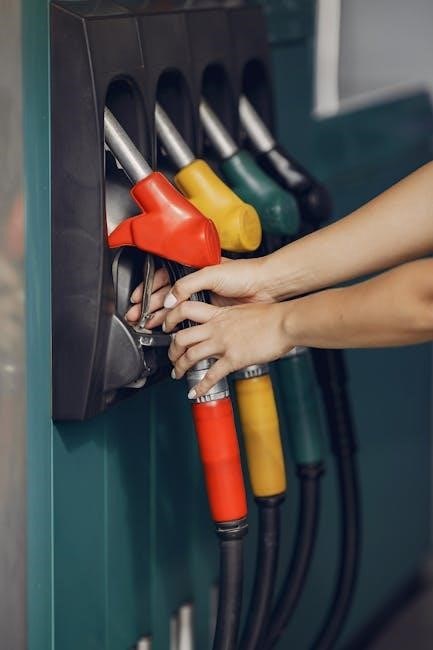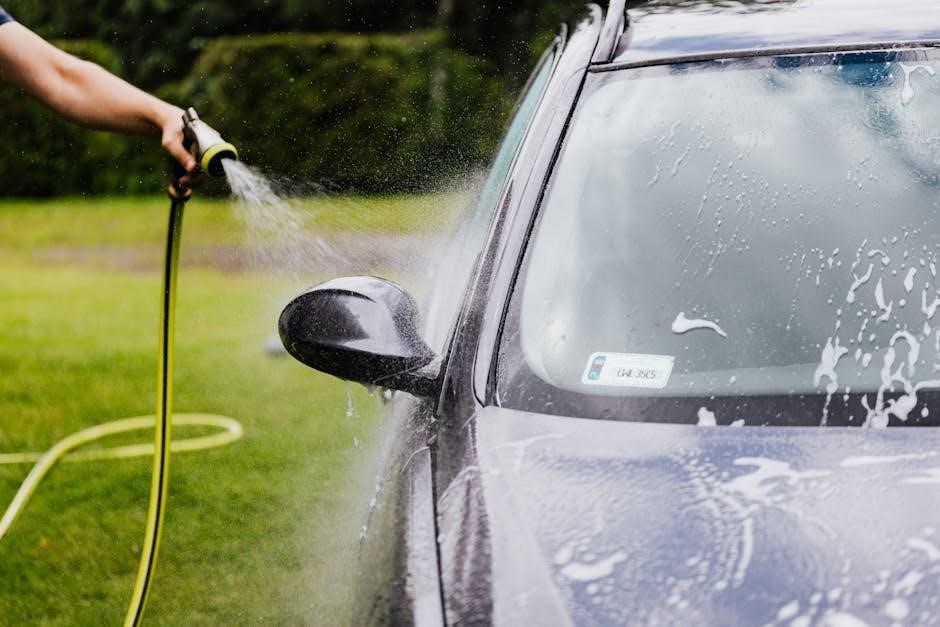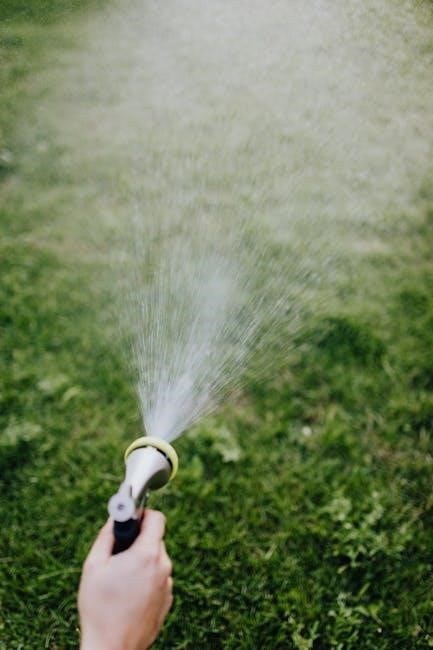Manual water pumps are essential for boat safety, providing a reliable means to remove water from vessels, and are a critical component in preventing accidents and ensuring passenger safety always.
Definition and Purpose of Manual Water Pumps
A manual water pump, also known as a manual bilge pump, is a hand-operated pump with a hose used to remove water from a boat, playing a crucial role in maintaining the vessel’s stability and safety. The primary purpose of a manual water pump is to provide a reliable means of removing water that may accumulate in the bilge, thereby preventing damage to the boat and ensuring the safety of its occupants. This type of pump is designed to be easy to use and maintain, making it an essential piece of equipment for boat owners. The manual water pump is typically used in emergency situations, such as when the boat is taking on water, and is an important tool for preventing accidents and ensuring the safe operation of the vessel. The pump’s effectiveness is dependent on its proper installation and maintenance.

Types of Boats that Require Manual Water Pumps
Sailboats and powerboats require manual water pumps for safety reasons always.
Length and Type of Boats Requiring Manual Water Pumps
The length and type of boats that require manual water pumps are specified in the regulations, with sailboats and powerboats between 9 and 12 metres in length being required to carry one. These boats must have a manual water pump on board to ensure safety in case of emergencies. The type of boat is also a factor, with sailboats and powerboats being the primary types that require manual water pumps. The length of the boat is also important, as boats that are too small or too large may have different requirements. The regulations specify that boats between 9 and 12 metres in length must have a manual water pump, while smaller vessels and personal watercraft may have different requirements. Overall, the length and type of boat are critical factors in determining the requirement for a manual water pump.

Manual Water Pump Requirements
Manual water pumps must be equipped with a hose to remove water from boats safely always.
Equipment and Installation Requirements
Manual water pumps require specific equipment and installation to function effectively. The pump must be equipped with a hose that is long enough to reach from the bilge space to over the side of the boat. This ensures that water can be removed from the boat quickly and safely. The installation of the manual water pump must also be done in a way that allows for easy access and operation. The pump and hose must be securely attached to the boat to prevent damage or loss. Additionally, the manual water pump must be capable of removing a sufficient amount of water from the boat in a reasonable amount of time. This is crucial in emergency situations where every minute counts. By meeting these equipment and installation requirements, boat owners can ensure that their manual water pump is effective and reliable. Proper installation is essential for safety.

Manual Water Pump Regulations in Canada
Canadian regulations require manual water pumps on certain boats, ensuring safety and compliance with specific rules and guidelines always in place for boat owners.
Specific Requirements for Boats in Canada
Canadian regulations specify that sailboards and paddle boats are exempt from carrying a manual water pump, as they are self-bailing sealed hull vessels with recess-type cockpits. However, all other boats, including sailboats and powerboats, must carry a manual water pump or a bailer on board. The Small Vessel Regulations require that the manual water pump be equipped with a hose long enough to reach from the bilge space over the side of the boat. Additionally, the pump must be capable of removing water from the hull in a timely and efficient manner. The regulations also specify that the manual water pump must be easily accessible and ready for use at all times. Overall, the specific requirements for boats in Canada are designed to ensure the safety of passengers and crew. The regulations are in place to prevent accidents and ensure compliance.

Importance of Manual Water Pumps in Boating Safety
Manual water pumps play a crucial role in preventing boat accidents and ensuring passenger safety always with reliable water removal systems on boats.
Risks and Consequences of Not Having a Manual Water Pump
The risks of not having a manual water pump on a boat can be severe, including water accumulation, damage to the vessel, and even sinking. Without a manual water pump, boat owners may face significant financial losses and safety risks. The consequences of not having a manual water pump can also include environmental damage, as oil and other pollutants can leak into the water. Furthermore, the lack of a manual water pump can lead to injuries and fatalities, as passengers may be trapped on a sinking vessel. In addition, boat owners may face legal consequences, including fines and penalties, for not complying with safety regulations. Overall, the risks and consequences of not having a manual water pump are significant, and boat owners should take steps to ensure they have a functional and reliable manual water pump on board. Safety is paramount.
